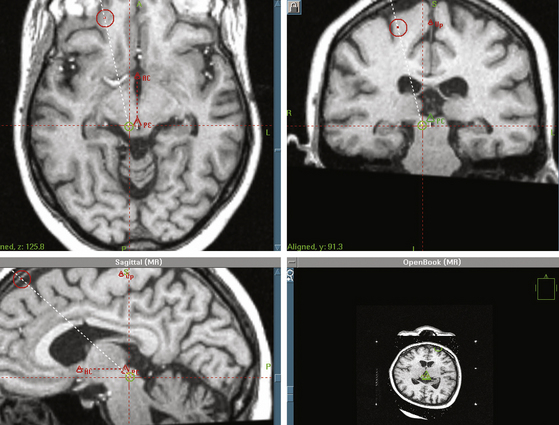

It has been shown that the psychostimulant cocaine rapidly induces synaptic plasticity in VTA DA neurons after acute, passive administration and that persistent neuroadaptations can be observed in rats that have self-administered cocaine. While these increases are related to the reinforcing properties of the drugs, the behavioral patterns observed in addicts after chronic drug use are related to more persistent neuroadaptations in the glutamatergic system. Abusive drugs increase DA levels preferentially in the NAc mSh as compared to the NAc core or the dorsal aspect of the striatum. DA modulates the activity of NAc neurons and their response to inputs coming from other limbic areas. DA release in the NAc, in particular in the medial (m) aspect of the shell (Sh) compartment, NAc mSh, has been implicated in the reinforcing properties of both natural and drug rewards. The mesolimbic DA system, containing DA neurons located within the ventral tegmental area (VTA) and their projections to the nucleus accumbens (NAc), has been shown to be particularly important for reward processing.

Īll addictive substances influence the brain DA system which is implicated in reward processing, motivation and behavioral reinforcement. Drug-seeking behavior and objectively reported craving in drug-addicts are both dependent on environmental cues associated with drug intake and can lead to relapse even after many years of abstinence. In vulnerable individuals, the initial elevation of dopamine (DA) upon drug-consumption, which is believed to reflect the reinforcing effects of substances of abuse, will lead to characteristic behavioral patterns related to long-lasting alterations in the glutamatergic system. Substance use disorder is a chronic, relapsing neuropsychiatric disease that occurs in a minority of recreational drug users.


 0 kommentar(er)
0 kommentar(er)
